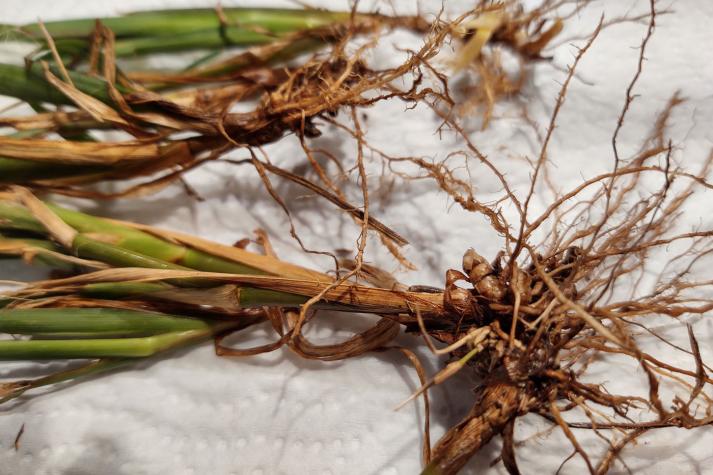COLUMBIA, Mo. – University of Missouri Extension weed scientist Kevin Bradley lists two weeds to watch in 2024.
Knotroot foxtail, like yellow foxtail, has a short, hair-like ligule and a typical foxtail-like seedhead. Unlike yellow foxtail, however, this species has short, knotty rhizomes. The invasive perennial is also known as bristle grass.
Knotroot foxtail is spreading in Missouri pastures. It is difficult to control because its roots can still send out shoots even after herbicides are applied.
“Although it is known that this species has been present in Missouri for some time, historically, I have not encountered it before in Missouri pastures or ever received any calls about it from growers or consultants,” says Bradley.
“In the past two seasons, we have identified knotroot foxtail populations that were sent to us from Bates, Cape Girardeau and Moniteau counties. However, according to the ‘Flora of Missouri,’ its distribution is across the state in approximately two-thirds of Missouri counties,” he says.
Herbicidal options are limited, says Bradley. He shares options at What's that grass in your pasture?.
“It’s not going to go away,” he says.
It offers low forage quality for livestock. Its small seeds can lodge between the teeth and gums of horses and cause mouth sores.
Bradley urges forage growers to scout fields and spot treat this weed. As always, good management of pastures and hayfields includes soil testing and fertility.
More information on .
Roots with rhizomes
One way to distinguish knotroot foxtail from annual foxtail is to look at the plant roots, which have “knotty” rhizomes. Photo courtesy of Kevin Bradley.
